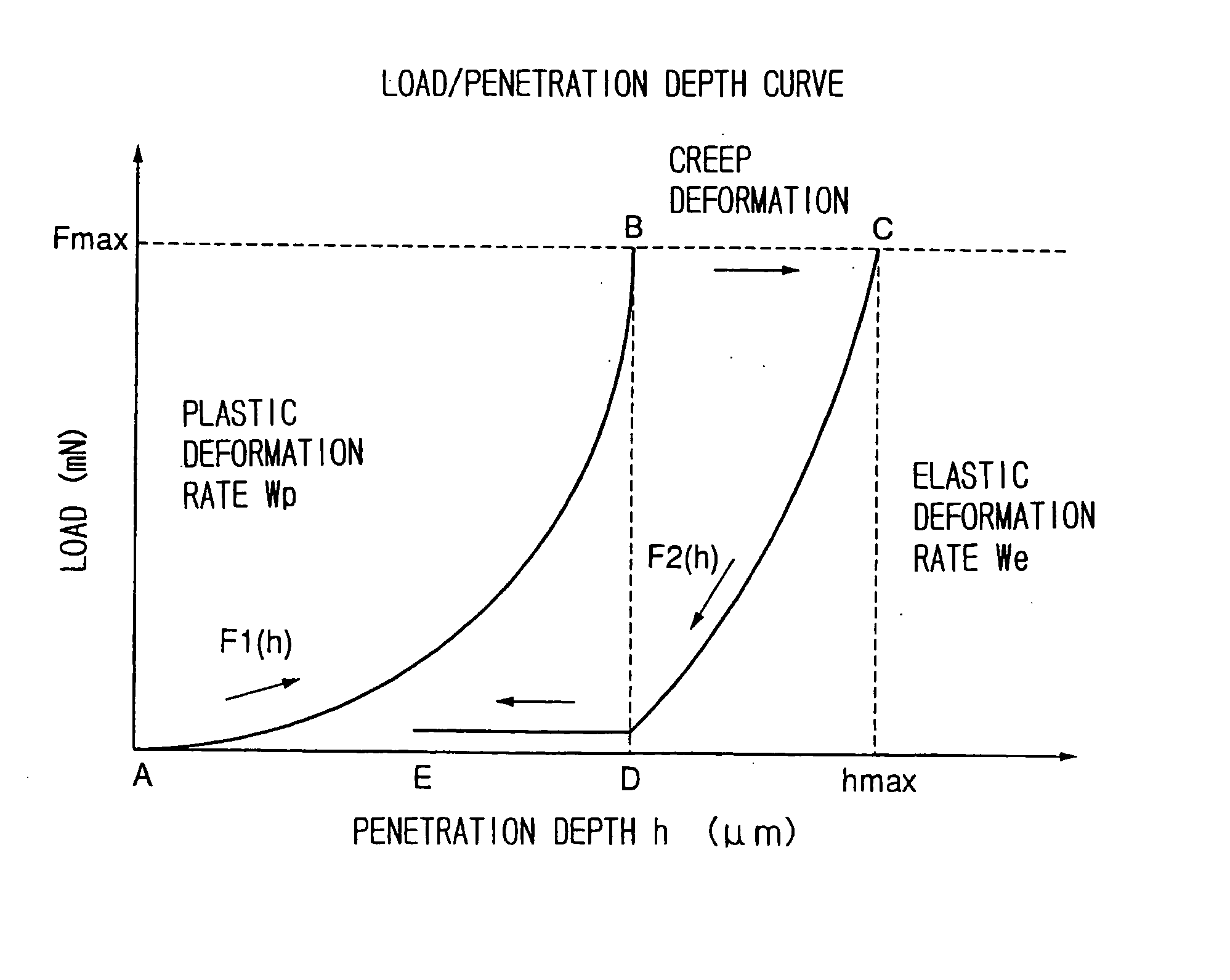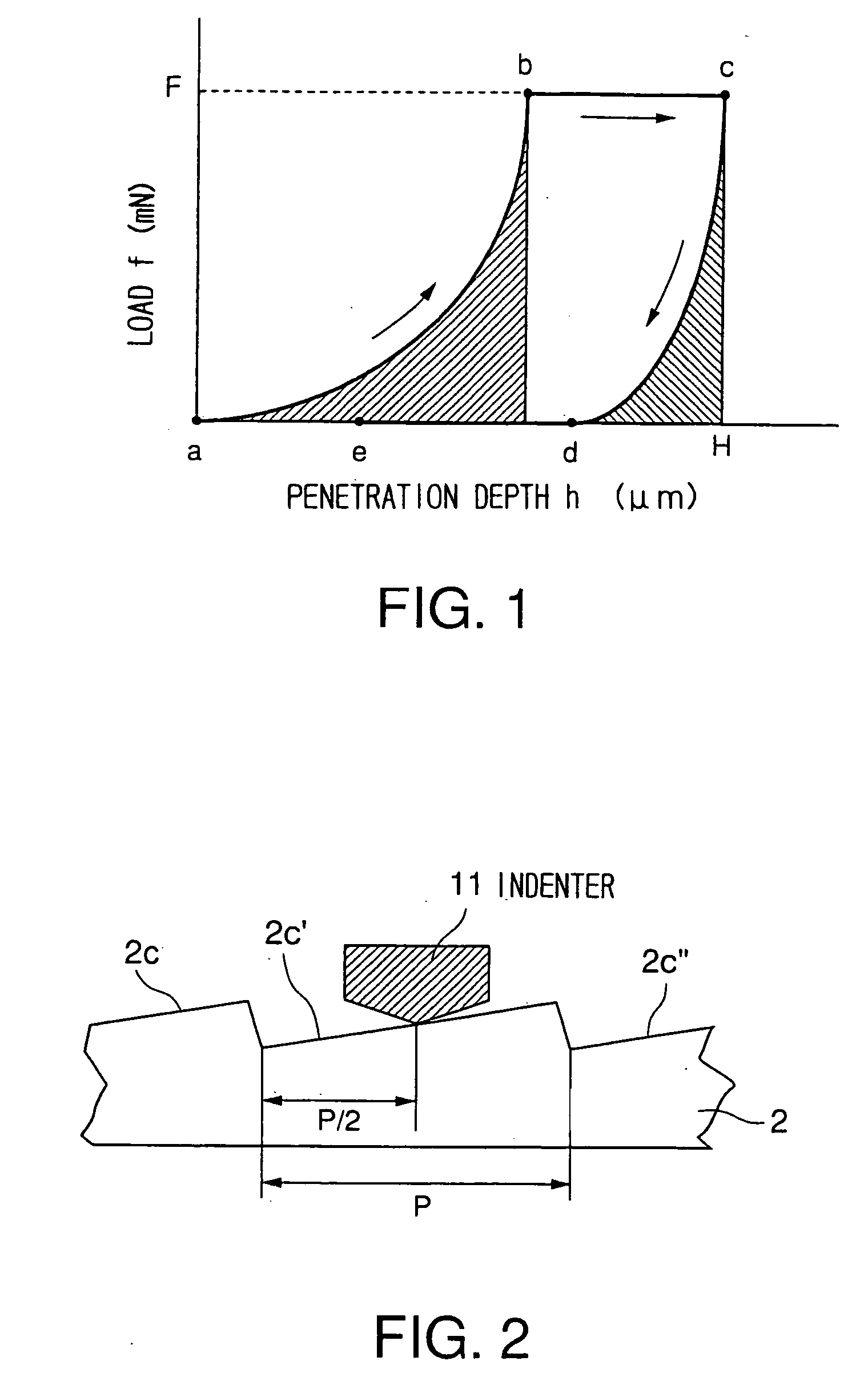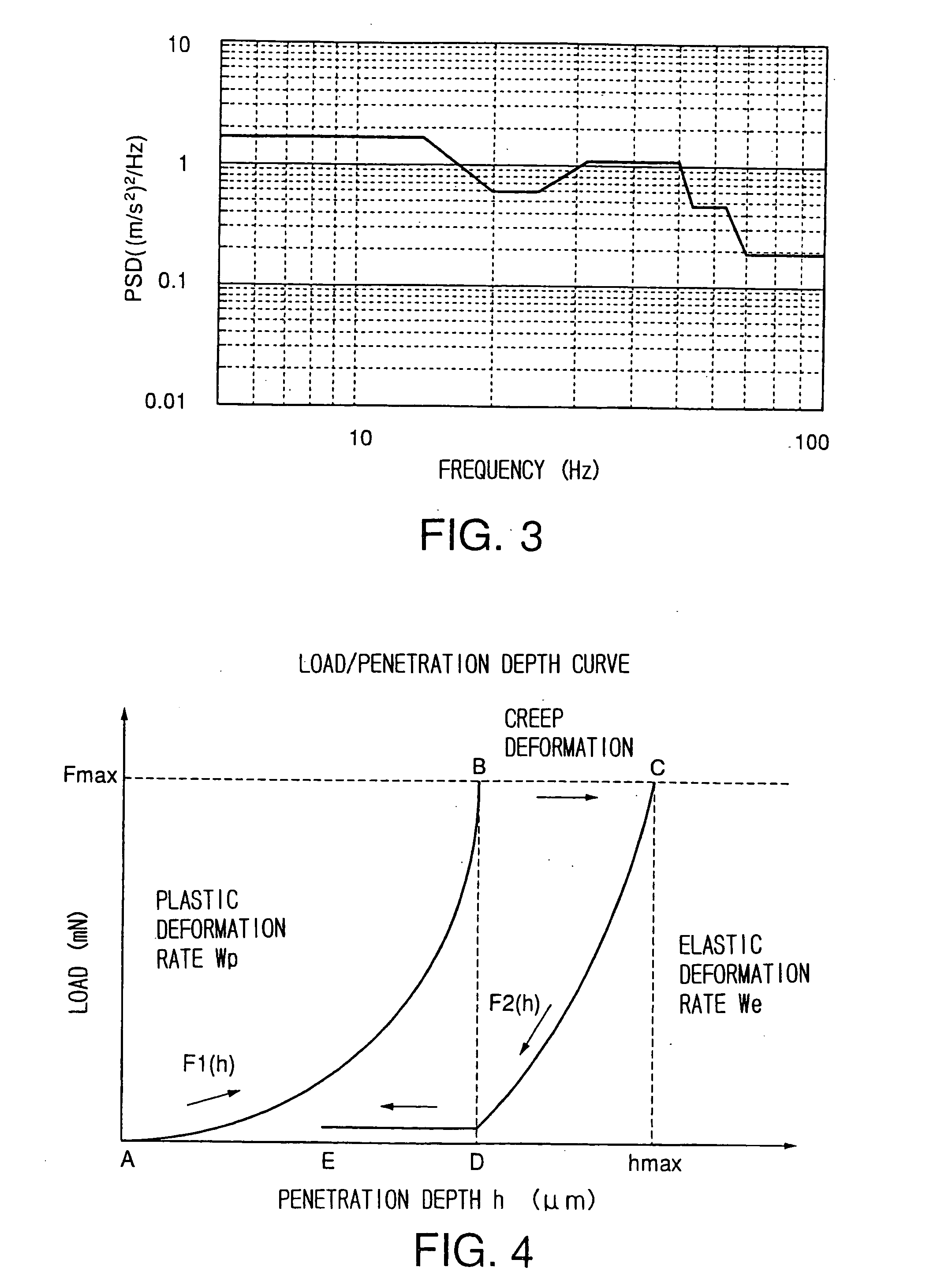Resin composition and optical element
a technology applied in the field of resin composition and optical element, can solve the problems of poor productivity, collapsed lens, and properties that could have been satisfied by the lens, and achieve the effect of suppressing the collapse of the lens surface caused by mutual compression and poor restorability
- Summary
- Abstract
- Description
- Claims
- Application Information
AI Technical Summary
Benefits of technology
Problems solved by technology
Method used
Image
Examples
examples
[0086] Three resins, i.e., a polymethyl methacrylate resin (PMMA), a polycarbonate resin (PC), and a rubber modified styrene resin (MBS resin) prepared by incorporating a rubber-like elastic body as dispersed particles in a styrene resin having moistureproof properties to impart impact resistance to the styrene resin, were used as substrates. Data on formulations of resin compositions, viscosity of the resin compositions, the adhesion of the resin compositions to the substrates, optical characteristics (refractive index, haze value, and total light transmittance) of the resin compositions, and material properties (compression modulus of elasticity, elastic deformation rate, glass transition temperature, equilibrium modulus of elasticity, and coefficient of dynamic friction) are shown in Table 1 below. Results of evaluation of optical elements using the resin compositions (TV setting collapse test and friction resistance test) are also shown in Table 1. Composition B, composition C, ...
PUM
| Property | Measurement | Unit |
|---|---|---|
| Percent by mass | aaaaa | aaaaa |
| Pressure | aaaaa | aaaaa |
| Percent by mass | aaaaa | aaaaa |
Abstract
Description
Claims
Application Information
 Login to View More
Login to View More - R&D
- Intellectual Property
- Life Sciences
- Materials
- Tech Scout
- Unparalleled Data Quality
- Higher Quality Content
- 60% Fewer Hallucinations
Browse by: Latest US Patents, China's latest patents, Technical Efficacy Thesaurus, Application Domain, Technology Topic, Popular Technical Reports.
© 2025 PatSnap. All rights reserved.Legal|Privacy policy|Modern Slavery Act Transparency Statement|Sitemap|About US| Contact US: help@patsnap.com



